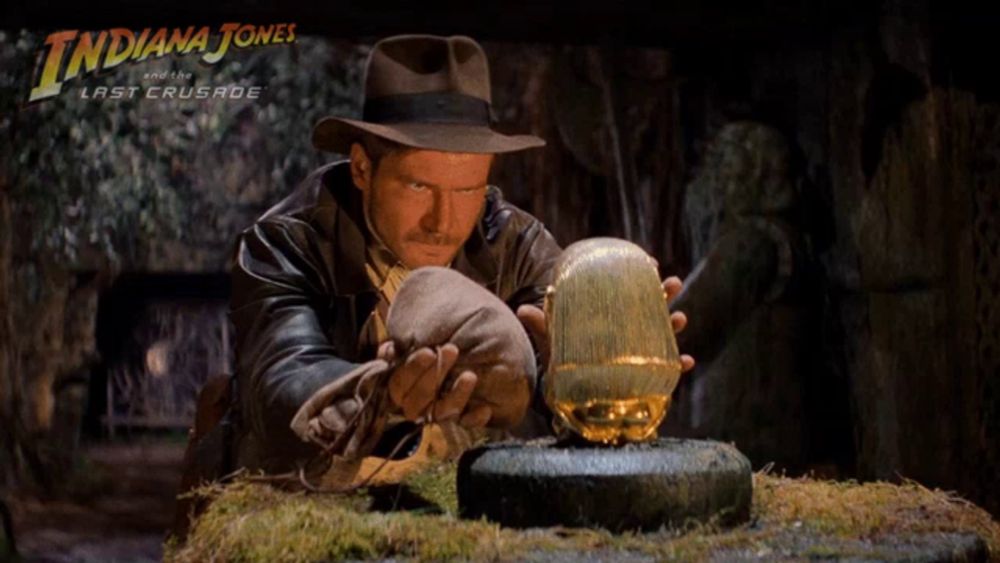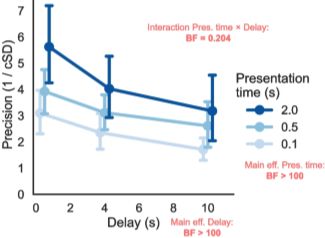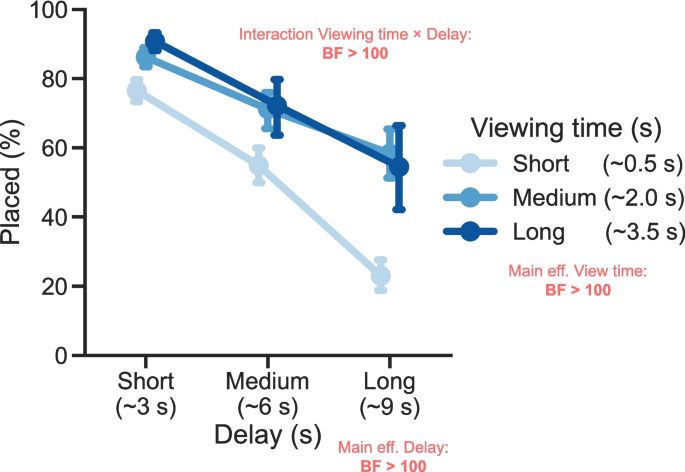Interested in working memory, decision making, bayesian stats, online experiments, open science | AttentionLab & CAP-Lab
For the APA/JEP fans, here's the DOI: doi.org/10.1037/xlm0...
Also, how cool is the Taverne Amendment? It made it article open access, didn't even have to ask!
www.openaccess.nl/en/policies/...
For the APA/JEP fans, here's the DOI: doi.org/10.1037/xlm0...
Also, how cool is the Taverne Amendment? It made it article open access, didn't even have to ask!
www.openaccess.nl/en/policies/...
They instead behaved more cautiously/less risky!

They instead behaved more cautiously/less risky!
Now comes the kicker: we put PPs in a penalty box for 0.5 or 5 whole seconds every time they copied a piece incorrectly.
Did they try to memorize the info better when 5s (vs 0.5s) of their life was at stake?

Now comes the kicker: we put PPs in a penalty box for 0.5 or 5 whole seconds every time they copied a piece incorrectly.
Did they try to memorize the info better when 5s (vs 0.5s) of their life was at stake?
Frequentist equivalence tests are one solution. Or a Bayesian approach with a well defined stopping rule (stopping at X amount of evidence in favor OR against the effect).
Frequentist equivalence tests are one solution. Or a Bayesian approach with a well defined stopping rule (stopping at X amount of evidence in favor OR against the effect).
We argue that incorporating aspects of natural behavior in VWM paradigms, can reveal a lot about how humans actually use their VWM.

We argue that incorporating aspects of natural behavior in VWM paradigms, can reveal a lot about how humans actually use their VWM.
What might be up?

What might be up?
What's more: the LONGER a view was, the SLOWER performance got worse.

What's more: the LONGER a view was, the SLOWER performance got worse.

Haha so cool to hear you're planning to do copy tasks! And very happy to hear you found the plugin to be useful :)
Feel free to reach out if you have any copy task/plugin related questions. Very curious what you're up to!
Haha so cool to hear you're planning to do copy tasks! And very happy to hear you found the plugin to be useful :)
Feel free to reach out if you have any copy task/plugin related questions. Very curious what you're up to!
Only potential drawback (if i recall correctly) is that your experiment files are accessible (also to participants), unless you have a paid/private github account.
Only potential drawback (if i recall correctly) is that your experiment files are accessible (also to participants), unless you have a paid/private github account.

